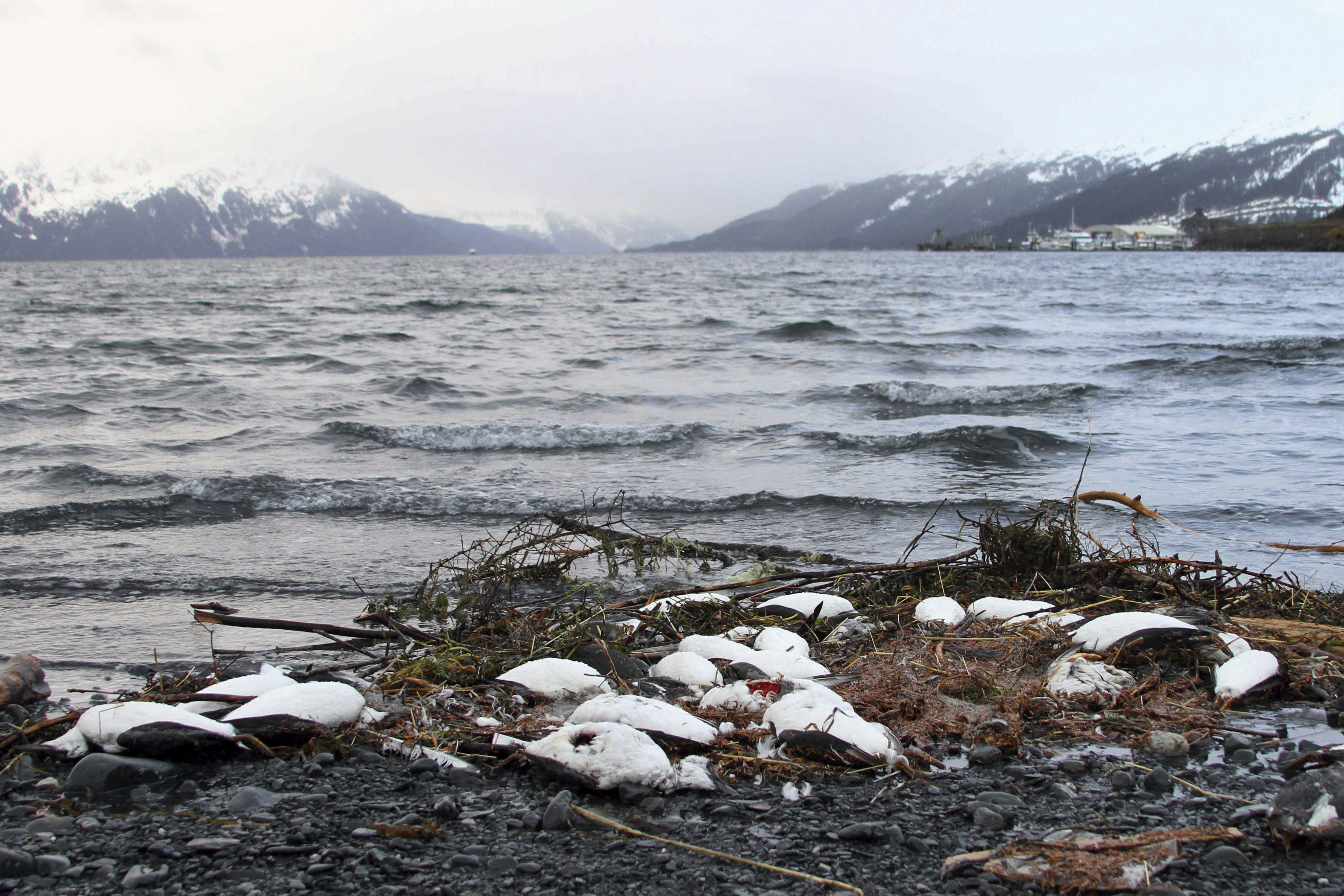
It’s a disappointing fact that global temperatures are rising, the biggest increase in 35 years. The oceans are also warming, and faster than previously thought. As a result, sea levels rise and ocean acidity increases as a result of carbon dioxide absorption. The effects of global warming – shrinking ice sheets, damage from fires, floods and other extreme weather events – are so severe they can be seen from space.
Unfortunately, this is just the tip of the iceberg… which is melting. Every year global warming increases and the consequences become more serious. Storms, heat waves and droughts have become more frequent and more severe.
These changes threaten the lives and livelihoods of billions of people and could exceed the capacity of governments around the world. Ultimately, they jeopardize our progress in the fight against extreme poverty.
Cities… on fire

Cities are at the highest risk of global warming. In a large city, the temperature increase can be twice as high as in other areas. Are the authorities doing enough to keep cities cool?
As the climate crisis causes significant temperature changes around the world, major cities have been hit by record high temperatures. The accumulation of many factors, such as the use of air conditioners, the number of cars emitting carbon dioxide, and the lack of fountains and green corridors, means that cities can be, especially in summer, a trap for the elderly, children and the most vulnerable. .
According to the United Nations, more than half of the world’s population lives in cities, and by 2030 this number is likely to increase to more than two-thirds. global energy-related greenhouse gas emissions that absorb heat and cause global warming.
The main victims of increased heat in cities will be the elderly, children and low-income people.
Urban heating expert Harriet Bulkley, professor at Darkhan University and the Copernicus Institute at Utrecht University, says: “Access to nature varies widely in cities, with the poorest areas having the least access. This means that some of those most vulnerable to heat cannot access solutions that can help them. So we need to think about how to prioritize the most vulnerable.”
For Chief heating specialist Athens Eleni Mirivili, an expert on urban overheating, “The first of the dangers is cars. This is a big problem. The use of the air conditioner is also a very big problem. Another enemy is that our politicians often still do not make climate change a priority.”
Twilight zone of the oceans

Scientists warn that climate change could drastically reduce life in the deepest parts of our oceans that are inaccessible to sunlight.
Global warming could cut life in the so-called “twilight zone” by up to 40% by the end of the century, according to a new study.
The twilight zone is located at an altitude of 200 to 1000 meters. The researchers found that it is teeming with life, but during the warmest periods of Earth’s history it is home to fewer organisms.
In a study with a University of Exeter researcher, scientists looked at two warm periods in Earth’s past, about 50 million and 15 million years ago, by examining records of preserved microscopic shells.
They found far fewer organisms living in the zone during these periods because the bacteria decomposed food faster, which meant that fewer of them reached the twilight zone from the surface.
“The rich diversity of life in the twilight zone has evolved over the past million years as ocean waters have cooled enough to act as a refrigerator, preserving food longer and improving conditions that allow life to flourish,” said Dr. Katherine Crichton. from the University of Exeter, who was the lead author of the study published in the journal Nature Communications.
The twilight zone is a vital habitat for marine life. The light is too dim for photosynthesis, but according to the Woods Hole Oceanographic Institute, it is home to more fish than the rest of the ocean combined, as well as a wide variety of living things, including microbes, plankton and jellies.
It also serves a key ecological function as a carbon sink – pumping out the gas that warms the planet.
Scientists have modeled what might be happening in the twilight zone now and what might happen in the future due to global warming. They said their findings indicate that significant changes may already be underway.
“Our study is the first step towards understanding how vulnerable this ocean habitat may be in the face of a warming climate,” Dr. Crichton said. “If we don’t cut greenhouse gas emissions quickly, we could lead to the extinction of many forms of life in the twilight zone within 150 years, with consequences stretching back millennia.”
Heat waves in the Mediterranean

The early-season heat wave that recently hit parts of Algeria, Morocco, Portugal and Spain would almost certainly not have occurred without anthropogenic climate change, an analysis by an international team of scientists said in recent days.
A mass of warm, dry air from the Sahara settled over the western Mediterranean for several days in late April, releasing temperatures typical of July or August in that region. Mainland Spain set an April record of 38.8°C in the southern city of Córdoba. According to preliminary data, in Morocco, the mercury column rose to more than 41 degrees in Marrakech.
The region has already suffered from drought
The Iberian Peninsula and North Africa have been battling drought for years. Minimal rainfall in Morocco reduced wheat yields and boosted the country’s imports. Food prices are rising rapidly. Last year, heat waves and limited rainfall undermined olive production in Spain, Europe’s largest olive oil producer. The world price of olive oil is the highest it has been in 26 years.
Extreme heat can also set the stage for devastating wildfires. Last year was the second largest wildfire in the European Union since records began in 2000. Fires in 2022 burned more than 780,000 hectares of land in Spain, the hardest hit country in Europe, and 270,000 hectares in Portugal.
Source: Global Citizen, Euronews, BBC, Nature Communications, New York Times.
Source: Kathimerini
Ashley Bailey is a talented author and journalist known for her writing on trending topics. Currently working at 247 news reel, she brings readers fresh perspectives on current issues. With her well-researched and thought-provoking articles, she captures the zeitgeist and stays ahead of the latest trends. Ashley’s writing is a must-read for anyone interested in staying up-to-date with the latest developments.